“African Civet Pictures and Facts.” The Website of Everything: Animals > Mammals > Carnivora > Viverridae > Viverrinae > Civettictis. Retrieved October 1, 2014.
- Available at: http://thewebsiteofeverything.com/animals/mammals/Carnivora/Viverridae/Civettictis/Civettictis-civetta.html
"April 18, 1871: Dr. E. Hamilton, F.Z.S., in the Chair." 1871. Proceedings of the Scientific Meetings of the Zoological Society of London for the Year 1871: 298 - 299.
- Available via Internet Archive at: http://www.archive.org/stream/proceedingsofgen71zool#page/298/mode/1up
Arnold, Michael L. 2008. Reticulate Evolution and Humans: Origins and Ecology. Oxford University Press.
Bell, D.; Roberton, S.; and Hunter, P. R. 2004. "Animal Origins of SARS Coronavirus: Possible Links with the International Trade in Small Carnivores." Philosophical Transactions of the Royal Society of London, Series B, Biological Sciences 359:1107-1114.
Bisby, F.A.; Roskov, Y.R.; Orrell, T.M.; Nicolson, D.; Paglinawan, L.E.; Bailly, N.; Kirk, P.M.; Bourgoin, T.; Baillargeon, G.; and Ouvrard, D. (red.). 2011. "Civettictis civetta (Schreber, 1776)." Species 2000 & ITIS Catalogue of Life: 2011 Annual Checklist. Reading, UK. Retrieved October 1, 2014.
- Available at: http://www.itis.gov/servlet/SingleRpt/SingleRpt?search_topic=TSN&search_value=621988&search_kingdom=every&search_span=exactly_for&categories=All&source=html&search_credRating=All
Boelens, Bo; Watkins, Michael; and Grayson, Michael. 2009. The Eponym Dictionary of Mammals. Johns Hopkins University.
Boudet, Ch. 10 January 2009. "Species Sheet: African Civet Cat." Mammals' Planet: Vs n°4, 04/2010. Retrieved October 1, 2014.
- Available at: http://www.planet-mammiferes.org/drupal/en/node/38?indice=Civettictis+civetta
Boudet, Ch. 10 January 2009. "Subspecies Sheet: Central African Civet Palm." Mammals' Planet: Vs n°4, 04/2010. Retrieved October 1, 2014.
- Available at: http://www.planet-mammiferes.org/drupal/en/node/39?indice=Civettictis+civetta+congica
Boudet, Ch. 10 January 2009. "Subspecies Sheet [Civettictis civetta orientalis]." Mammals' Planet: Vs n°4, 04/2010. Retrieved October 1, 2014.
- Available at: http://www.planet-mammiferes.org/drupal/en/node/39?indice=Civettictis+civetta+orientalis
Boudet, Ch. 10 January 2009. "Subspecies Sheet [Civettictis civetta poortmanni]." Mammals' Planet: Vs n°4, 04/2010. Retrieved October 1, 2014.
- Available at: http://www.planet-mammiferes.org/drupal/en/node/39?indice=Civettictis+civetta+poortmanni
Boudet, Ch. 10 January 2009. "Subspecies Sheet [Civettictis civetta volkmanni]." Mammals' Planet: Vs n°4, 04/2010. Retrieved October 1, 2014.
- Available at: http://www.planet-mammiferes.org/drupal/en/node/39?indice=Civettictis+civetta+volkmanni
Boudet, Ch. 10 January 2009. "Subspecies Sheet: Djibouti Civet Cat." Mammals' Planet: Vs n°4, 04/2010. Retrieved October 1, 2014.
- Available at: http://www.planet-mammiferes.org/drupal/en/node/39?indice=Civettictis+civetta+pauli
Boudet, Ch. 10 January 2009. "Subspecies Sheet: Eastern Civet Palm." Mammals' Planet: Vs n°4, 04/2010. Retrieved October 1, 2014.
- Available at: http://www.planet-mammiferes.org/drupal/en/node/39?indice=Civettictis+civetta+schwarzi
Boudet, Ch. 10 January 2009. "Subspecies Sheet: Southern African Civet Cat." Mammals' Planet: Vs n°4, 04/2010. Retrieved October 1, 2014.
- Available at: http://www.planet-mammiferes.org/drupal/en/node/39?indice=Civettictis+civetta+australis
Boudet, Ch. 10 January 2009. "Subspecies Sheet: Western Civet Palm." Mammals' Planet: Vs n°4, 04/2010. Retrieved October 1, 2014.
- Available at: http://www.planet-mammiferes.org/drupal/en/node/39?indice=Civettictis+civetta+civetta
Cassell's Universal Portrait Gallery: A Collection of Portraits of Celebrities, English and Foreign. With Facsimile Autographs. 1895. London, Paris & Melbourne: Cassell and Company, Limited.
- Available via Internet Archive at: https://archive.org/details/cassellsuniversa00londiala
"Civettictis civetta (African Civet Cat)." ZipcodeZoo: Species Identifier 128438. Retrieved October 1, 2014.
- Available at: http://zipcodezoo.com/animals/c/civettictis_civetta/
“Civettictis civetta (Schreber, 1776).” The Marine Biological Universal Biological Indexer and Organizer. Retrieved October 1, 2014.
- Available at: http://www.ubio.org/browser/details.php?namebankID=105797
Driver, Stephanie (ed.). 2008. Exploring Mammals, Volume 3. Tarrytown, NY: Marshall Cavendish Corporation.
Duff, Andrew; and Lawson, Ann. 2004. Mammals of the World: A Checklist. Yale University Press.
Ewer, R.F. 1998. The Carnivores. Cornell University Press: Cornell Paperbacks.
Gaubert, P.; and Cordeiro-Estrela, P. 2006. “Phylogenetic Systematics and Tempo of Evolution of the Viverrinae (Mammalia, Carnivora, Viverridae) within Feliformians: Implications for Faunal Exchanges between Asia and Africa.” Molecular Phylogenetics and Evolution 41:266-278.
Gervais, Paul. 1855. Histoire naturelle des Mammifères: Carnivores, Proboscidiens, Jumentés, Bisulques, Édentés, Marsupiaux, Monotrèmes, Phoques, Sirénides et Cétacés. Paris: L. Curmer.
Gittleman, John L.; Funk, Stephan M.; Macdonald, David; and Wayne, Robert K. (eds.). 2001. Carnivore Conservation. Cambridge University Press: Conservation Biology 5.
Hayssen, Virginia; Van Tienhoven, Ari; and Van Tienoven, Ans. Asdell’s Patterns of Mammalian Reproduction: A Compendium of Species-Specific Data. Cornell University, 1993.
Hunter, Luke; and Barrett, Priscilla. 2011. A Field Guide to the Carnivores of the World. London, Cape Town, Sydney, Auckland: New Holland Publishers (UK) Ltd.
Jennings, A. P.; and Veron, J. 2009. "Family Viverridae (Civets, Genets, and Oyans)." In: Don E. Wilson and Russel Mittermeier (Hrsg.) Handbook of the Mammals of the World Volume 1: Carnivores. Lynx Edicions.
Kondo, H.; Tesar, J.; Cloud, D.; Kagan, L. (eds.). 1972. Civets, Genets, and Linsangs, Volume 2, 3rd Edition. Milan: Fratelli Fabbri Editori.
Larivière, Serge. 2004. "African Civet: Civettictis civetta." P. 340 in Grzimek's Animal Life Encyclopedia, Second Edition. Volume 14: Mammals III, edited by Michael Hutchins, Devra G. Kleiman, Valerius Geist, and Melissa C. McDade. Farmington Hills, MI: Gale Group, Inc., division of Thomson Learning Inc.
Lundholm, B.G. 1955. "Descriptions of New Mammals." Annals of the Transvaal Museum 279-303.
Lydekker, Richard. 1896. A Hand-Book to the Carnivora. Part I. Lloyd's Natural History. London: Edward Lloyd, Limited.
- Available via Biodiversity Heritage Library at: http://biodiversitylibrary.org/page/14819662
Miles, A.E.W.; and Grigson, Caroline (eds.). 1990. Colyer's Variations and Diseases of the Teeth of Animals. Cambridge University Press.
Nowak, Ronald M. 1999. Walker's Mammals of the World, Sixth Edition. Volume I. Baltimore: Johns Hopkins University Press.
Pander, C.H. (Christian Heinrich) and E. d'Alton. 1822. "Die skelete der raubthiere abgebildet und verlichen von Dr. E. D'Alton." Die vergleichende Osteologie: Erste Abtheilung Osteologie der Säugethiere, Lieferung III. Bonn: In Commission bei Eduard Weber.
- Available via Biodiversity Heritage Library at: http://biodiversitylibrary.org/page/40170366
Ray, J. 1995. "Civettictis civetta." Mammalian Species 488:1-7.
Ray, J.; Gaubert, P.; and Hoffmann, M. 2008. "Civettictis civetta." In: IUCN 2014. International Union for Conservation of Nature and Natural Resources Red List of Threatened Species. Version 2014.2. Retrieved October 1, 2014.
- Available at: http://www.iucnredlist.org/details/full/41695/0
Rosevear, D.R. 1974. The Carnivores of West Africa. London, England: British Museum (Natural History).
Schreber, Johann Christian Daniel von. 1774 - 1846. Die Säugthiere in Abbildungen nach der Natur: Plates 81 - 165. Erlangen :Expedition des Schreber'schen säugthier- und des Esper'schen Schmetterlingswerkes.
- Available via Biodiversity Heritage Library at: http://biodiversitylibrary.org/page/31064528
Schreiber, A.; Wirth, R.; Riffel, M.; and Van Rompaey, H. 1989. Weasels, Civets, Mongooses, and Their Relatives. An Action Plan for the Conservation of Mustelids and Viverrids. Gland, Switzerland: IUCN.
Tuteja, Shalu. 2000. "Civettictis civetta: African Civet (On-line)." Animal Diversity Web. University of Michigan Museum of Zoology. Retrieved October 1, 2014.
- Available at: http://animaldiversity.ummz.umich.edu/accounts/Civettictis_civetta/
Veron, Geraldine. 2010. “Phylogeny of the Viverridae and ‘Viverrid-like’ Feliforms.” Pp. 64-90 in Carnivoran Evolution: New Views on Phylogeny, Form and Function edited by Anjali Goswami and Anthony Friscia. Cambridge University Press: Cambridge Studies in Morphology and Molecules.
Wilson, Don E.; and Cole, F. Russell. 2000. Common Names of Mammals of the World. Washington, D.C.: Smithsonian Institution Press.
Wilson, Don E.; and Reeder, DeeAnn M. (editors). 2005. Mammal Species of the World: A Taxonomic and Geographic Reference (3rd ed), Johns Hopkins University Press.
Wrobel, Murray (Editor). 2007. Elsevier's Dictionary of Mammals: Latin English German French Italian. Oxford, U.K.: Elsevier B.V.


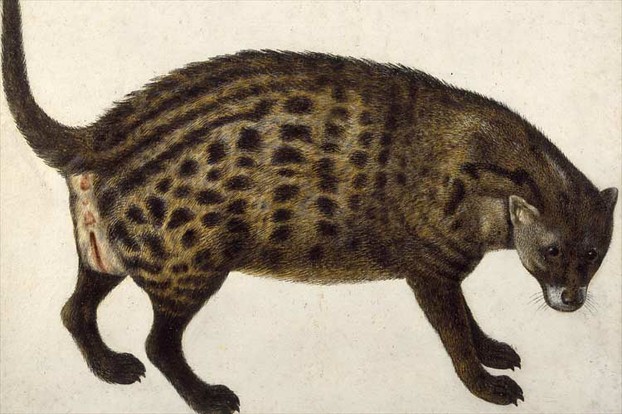
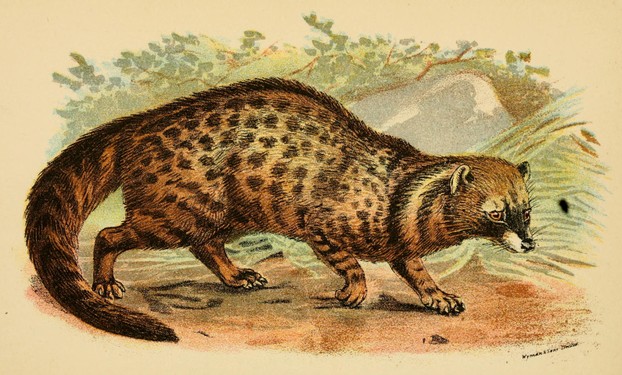
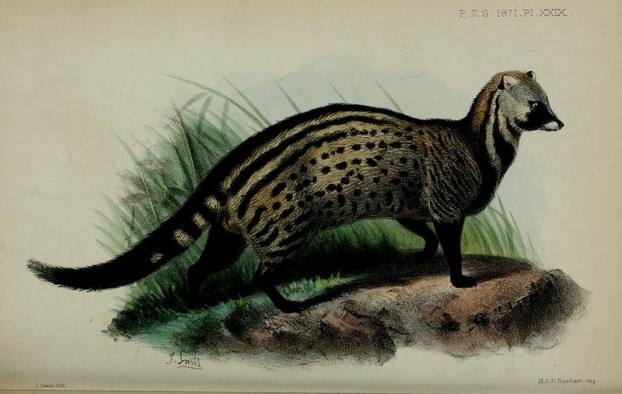
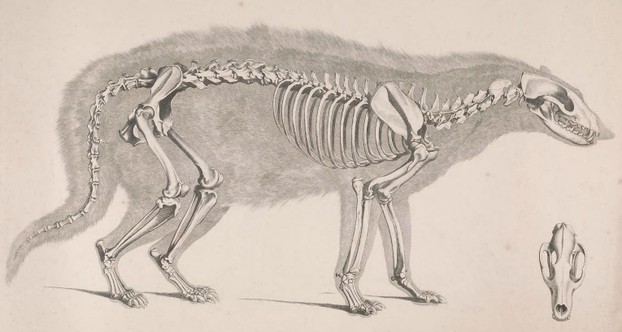
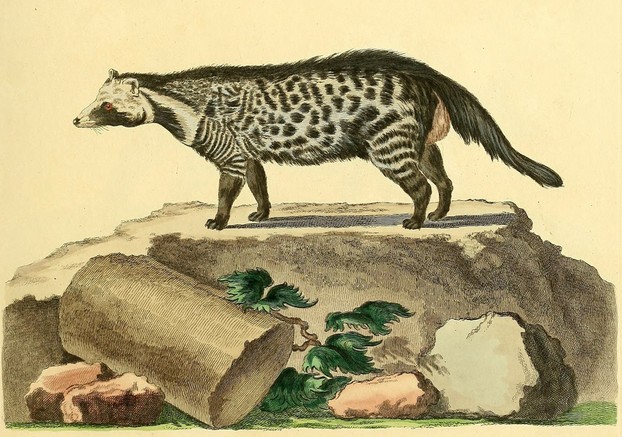
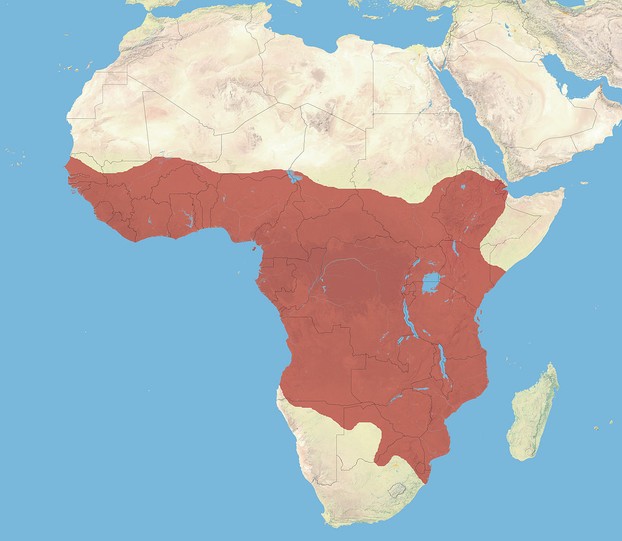
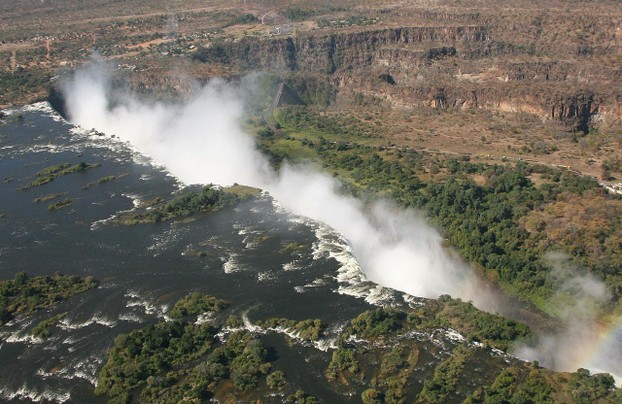
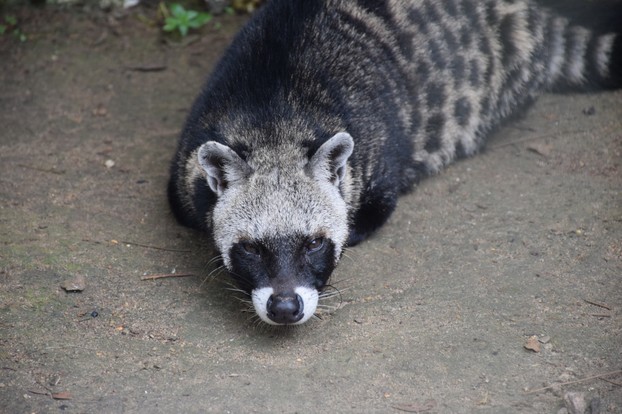
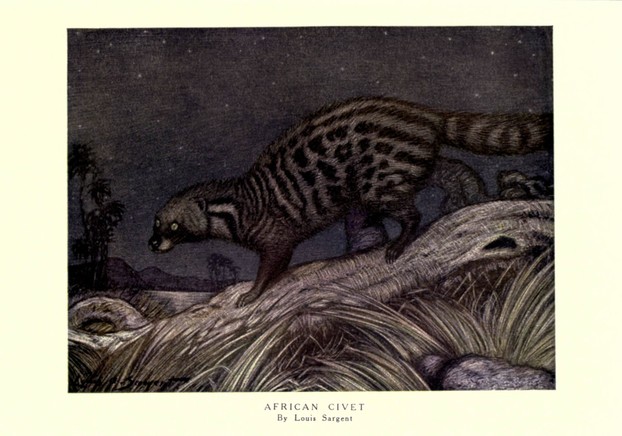
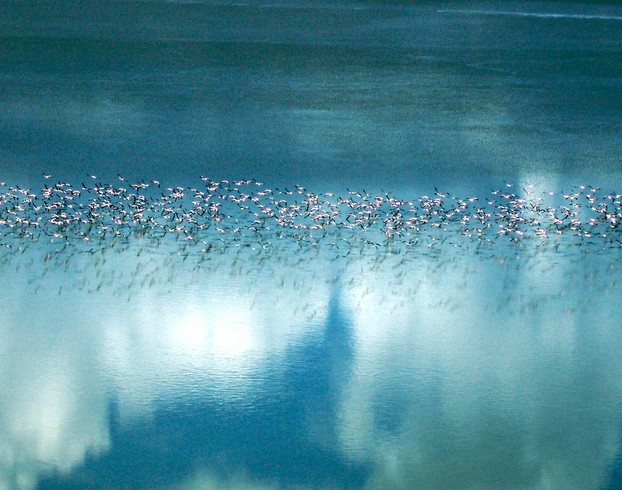




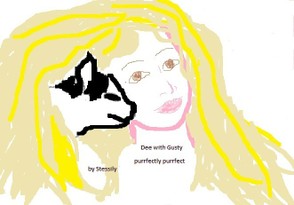
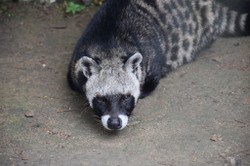

 Are Hawaiian Huakai Po Nightmarchers Avenging Halloween Thursday?on 10/02/2024
Are Hawaiian Huakai Po Nightmarchers Avenging Halloween Thursday?on 10/02/2024
 Mailing Addresses for 2023 Form 4868 Extending 1040 and 1040SR April 15, 2024, Due Dateon 04/15/2024
Mailing Addresses for 2023 Form 4868 Extending 1040 and 1040SR April 15, 2024, Due Dateon 04/15/2024
 Mailing Addresses for 2023 Forms 1040 and 1040SR Filed in 2024on 04/15/2024
Mailing Addresses for 2023 Forms 1040 and 1040SR Filed in 2024on 04/15/2024
 Mailing Addresses for 2022 Form 4868 Extending 1040 and 1040SR April 18, 2023, Due Dateon 04/13/2023
Mailing Addresses for 2022 Form 4868 Extending 1040 and 1040SR April 18, 2023, Due Dateon 04/13/2023

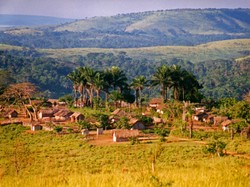
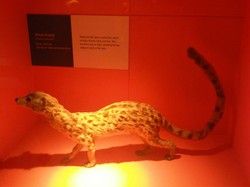
Comments